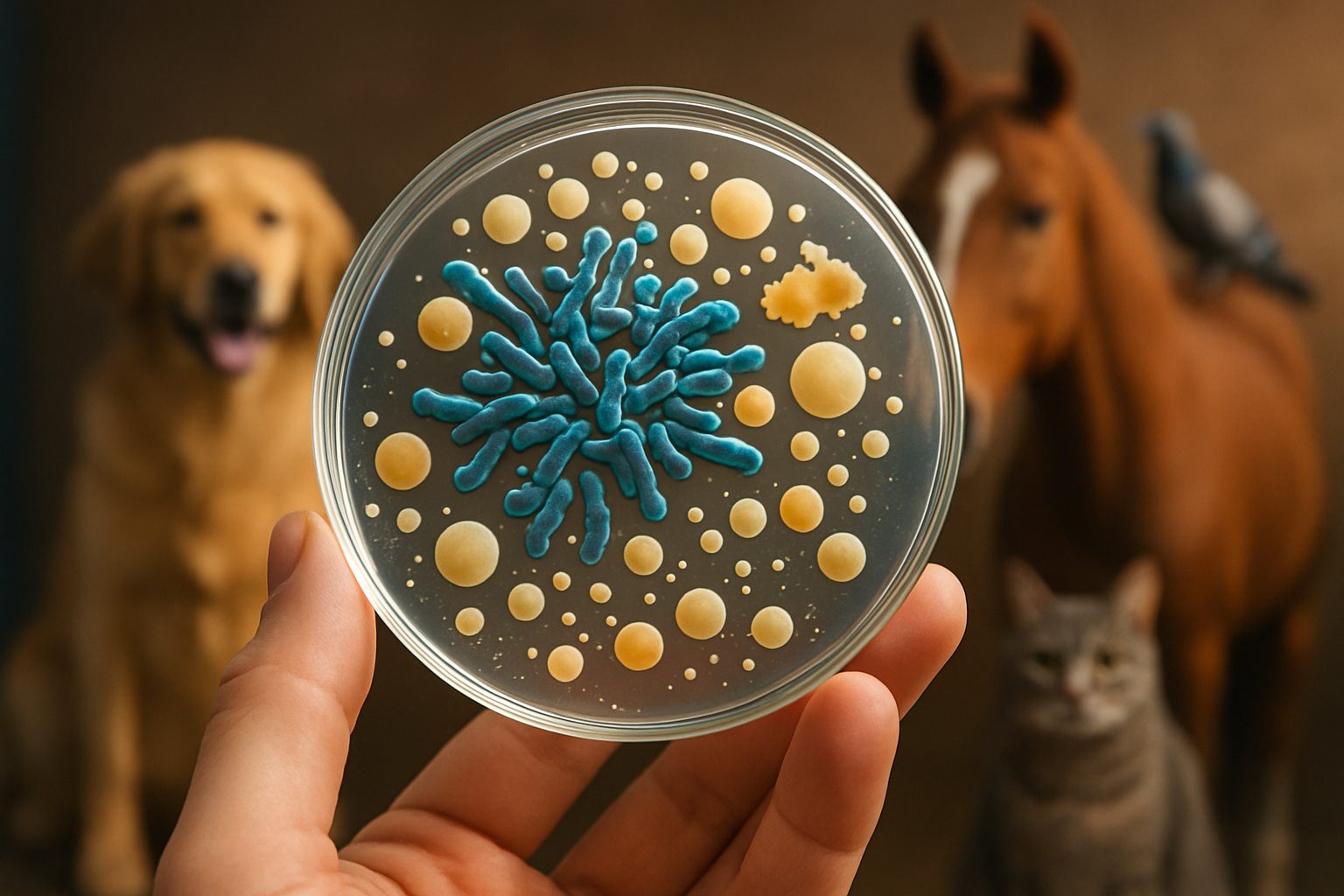Secure Indoor Aviaries and Rodent Enclosure Essentials
Designing secure indoor aviaries and rodent enclosures balances animal welfare, owner convenience, and home safety. This article outlines practical habitat features, enrichment ideas, health and nutrition basics, grooming and behavior considerations, and travel and vaccination preparation to support well-being for birds, rodents, rabbits, cats, and dogs.

Creating safe, comfortable indoor environments for birds and small mammals requires attention to structure, daily care, and species-specific needs. Indoor aviaries and rodent enclosures should provide secure barriers, proper ventilation, and layouts that reduce stress while allowing natural behaviors. Whether you live with a bird, rodent, rabbit, or have cats and dogs in the home, thoughtful placement and lasting materials help protect both pets and people. Below are practical sections covering habitat design, enclosure essentials, cross-species household considerations, nutrition and health, grooming and behavior, plus safety and travel guidance.
Bird habitat and aviary design
A well-designed indoor aviary prioritizes space, flight options, and safe materials. Use cages or aviaries with bar spacing suited to the bird species to prevent escape or injury; stainless steel or powder-coated metal resists chewing and rust. Include perches of varied diameters and natural wood to exercise feet, and place feeders and water in locations that minimize contamination from droppings. Enrichment such as foraging toys and swings supports natural behaviors and reduces boredom. Position aviaries away from drafts, direct heat sources, and kitchen fumes; consider room traffic and presence of household cats or dogs when choosing a location.
Rodent enclosure essentials
Rodents such as hamsters, gerbils, mice, and rats need secure cages with appropriate substrate, hiding areas, and exercise opportunities. Multi-level cages and modular tunnels increase usable space without expanding the footprint. Solid floors with washable liners reduce respiratory risks compared to dusty substrates; nesting material and chew blocks support dental health. Ensure ventilation while preventing drafts, and use escape-proof latches since many rodents are adept at opening flimsy doors. Provide enrichment like wheels sized correctly for the species, puzzle feeders, and supervised playtime outside the enclosure where household cats and dogs cannot access them.
Rabbit, cat, and dog considerations
Indoor rabbits require larger enclosures and supervised free-roam time; they benefit from enclosed runs or room-proofed spaces. Rabbits’ chewing behavior means cords and toxic plants must be secured. If you also have a cat or dog, manage introductions gradually and maintain secure barriers to prevent predation stress. Train dogs to respect enclosure boundaries using positive reinforcement; supervise interactions until both species show calm behavior. Floor-level placement and sturdy construction help prevent accidental tipping or pawing by larger pets. Monitor behavior changes when multiple species share a home to safeguard safety and reduce stress for birds and rodents.
Nutrition and health
Balanced nutrition varies by species: birds need species-appropriate seed mixes or formulated pellets supplemented with fresh vegetables; rodents and rabbits have specific hay, pellet, and fresh-fodder needs. Regular veterinary check-ups help track weight, dental health, and early signs of illness. Vaccination applies to some pets—rabbits and certain birds may have preventative recommendations depending on region and veterinary advice. This article is for informational purposes only and should not be considered medical advice. Please consult a qualified healthcare professional for personalized guidance and treatment. Maintain clean water, appropriate portion control, and avoid sudden dietary changes to prevent gastrointestinal upset.
Grooming, behavior, and training
Grooming needs range from occasional nail trims for rabbits and rodents to wings and feather care for birds; many species self-maintain but benefit from regular inspection. Behavioral enrichment reduces stereotypies: foraging puzzles, chew toys, and social interaction tailored to social species support mental health. Training with positive reinforcement helps manage behavior—simple cue training for birds increases compliance during health checks, while target training can encourage movement between transport carriers without force. Observe body language closely: signs of stress differ by species but often include hiding, feather plucking, or reduced appetite.
Safety, travel, and vaccination
Plan for safe travel with rigid carriers sized for comfort and ventilation; acclimate animals gradually to carriers using treats and short practice trips. Secure carriers in vehicles to prevent sliding and avoid extreme temperatures. Keep vaccination and health records current when relevant, and consult a local veterinarian about region-specific risks and recommended preventive care. For household safety, store cleaning agents, human medications, and toxic plants out of reach. When transporting birds or rodents for veterinary visits, wrap carriers in breathable cloth to reduce visual stress, and separate species during transport to prevent cross-contamination or conflict.
Thoughtful design, routine care, and species-specific enrichment help ensure that indoor aviaries and rodent enclosures support the physical and behavioral needs of small pets. Secure construction, appropriate nutrition, and careful management of other household animals contribute to a calmer, healthier home for birds, rodents, rabbits, and the cats or dogs that may share the space.





